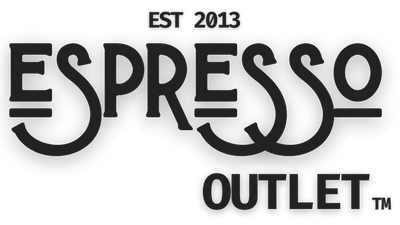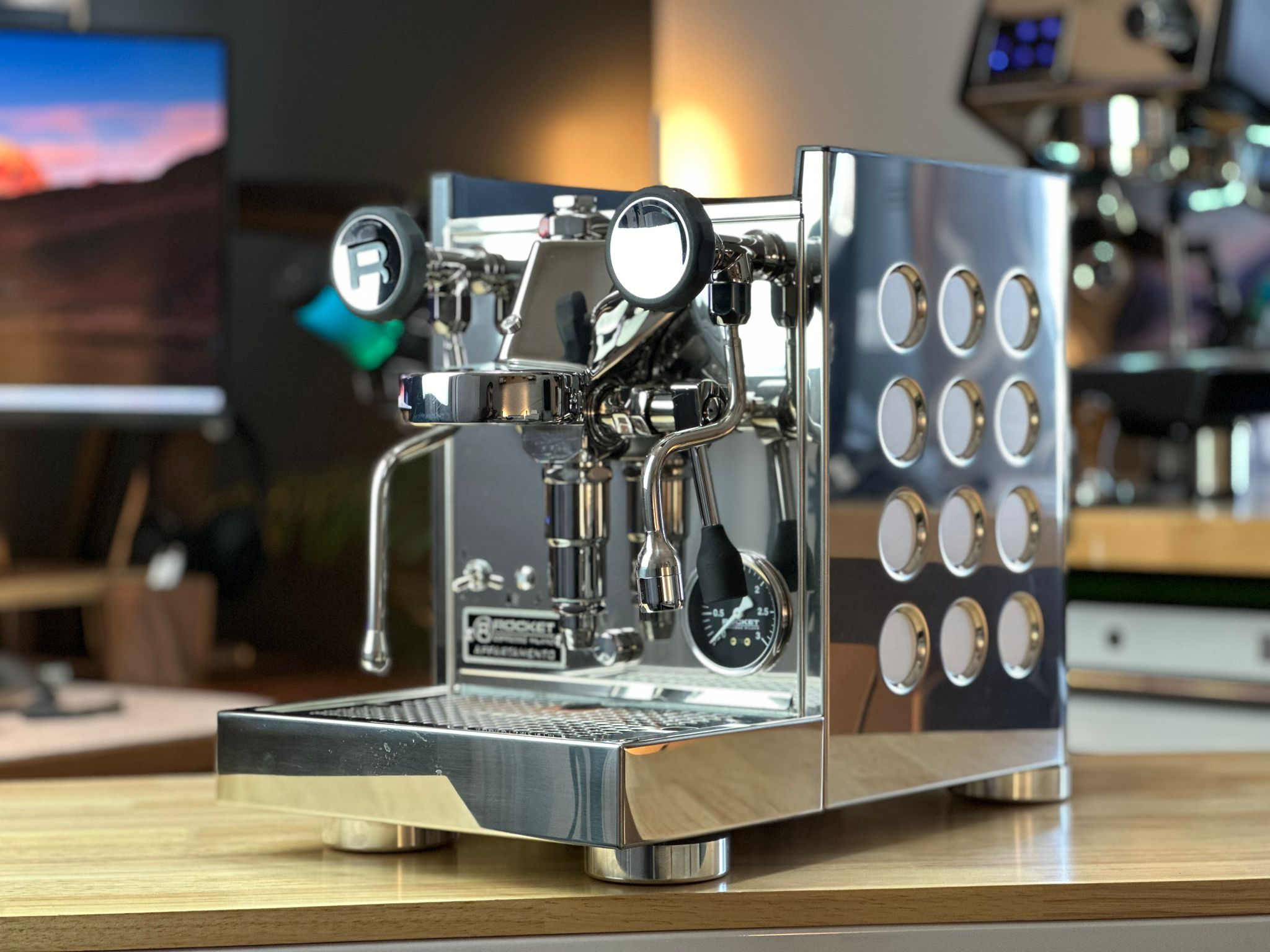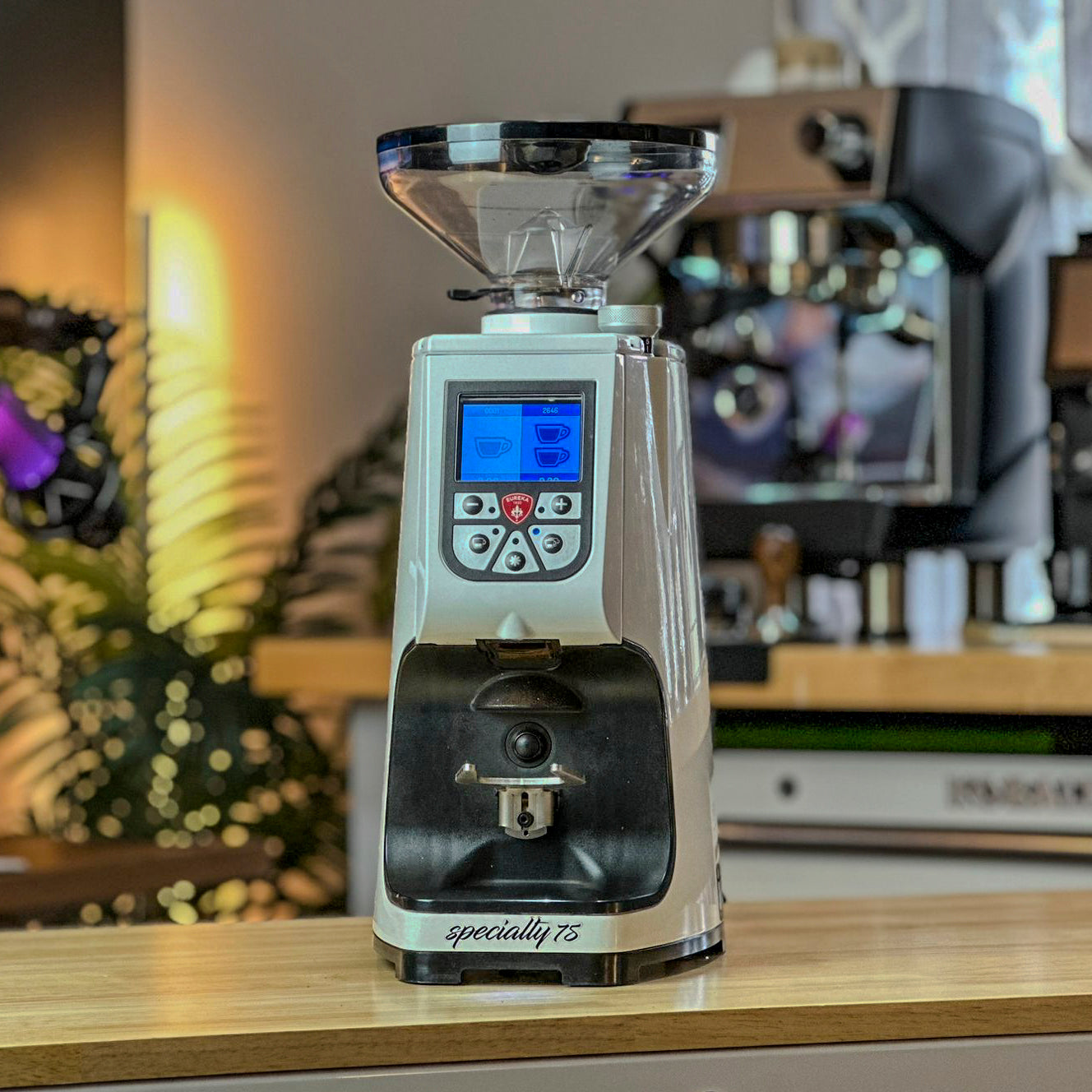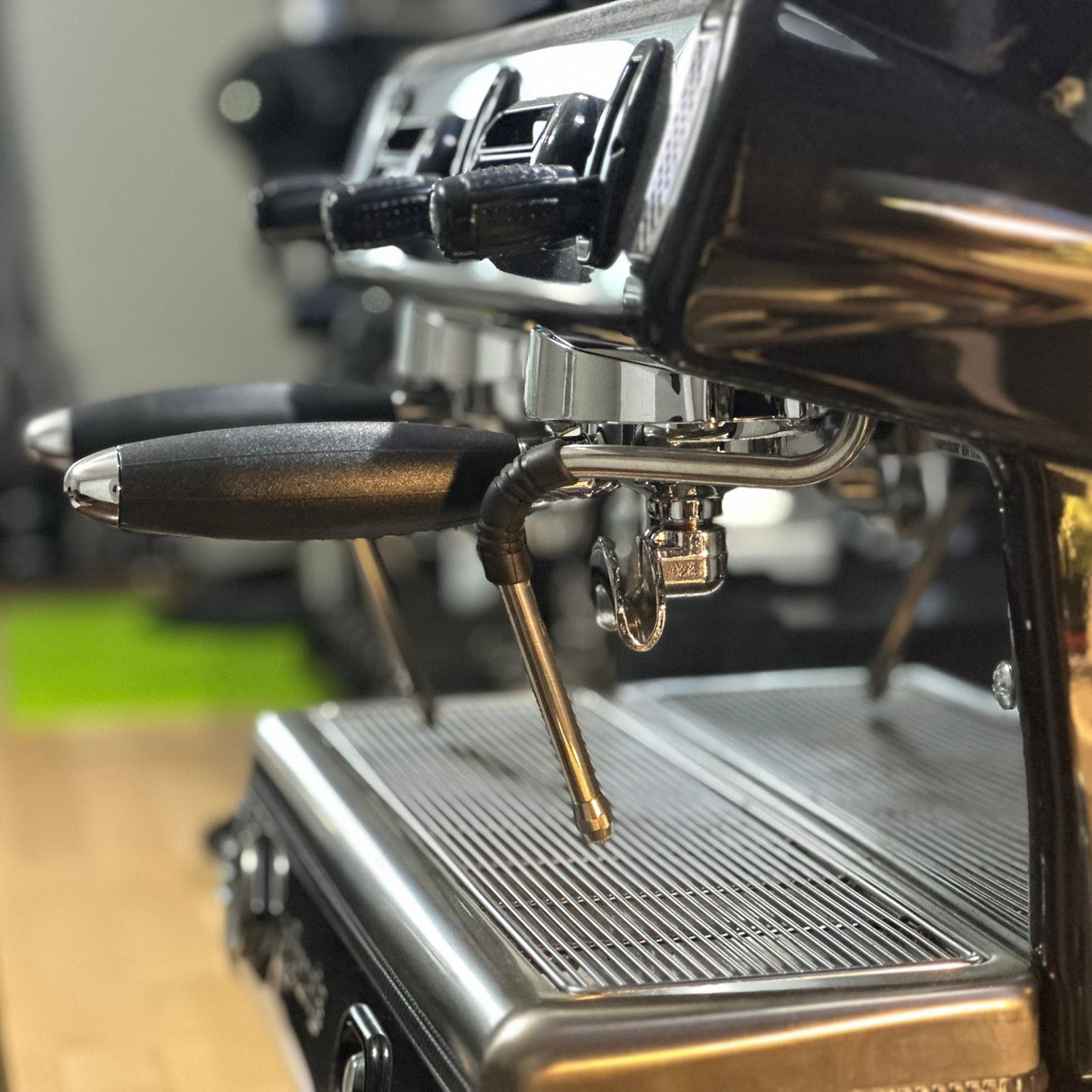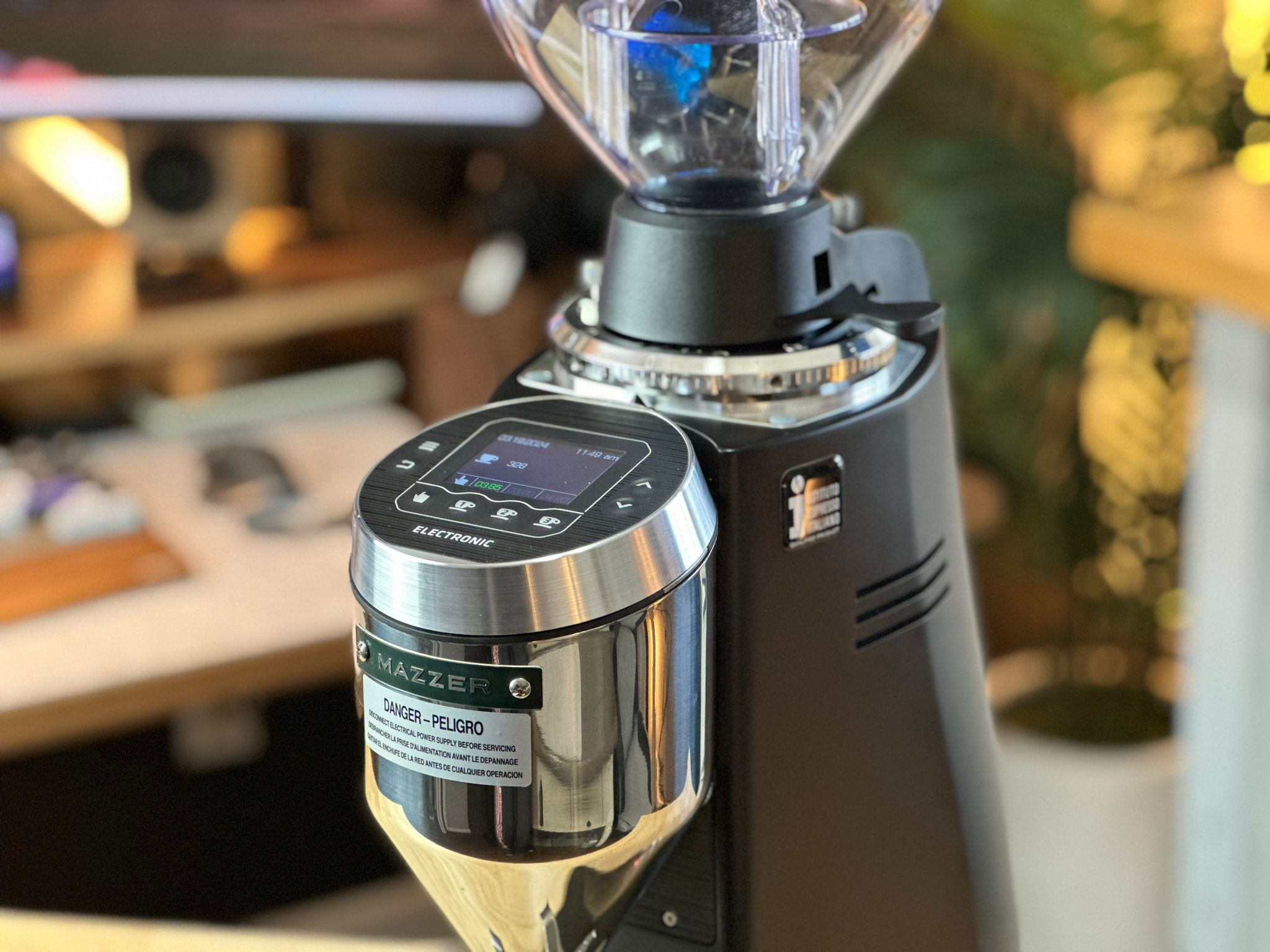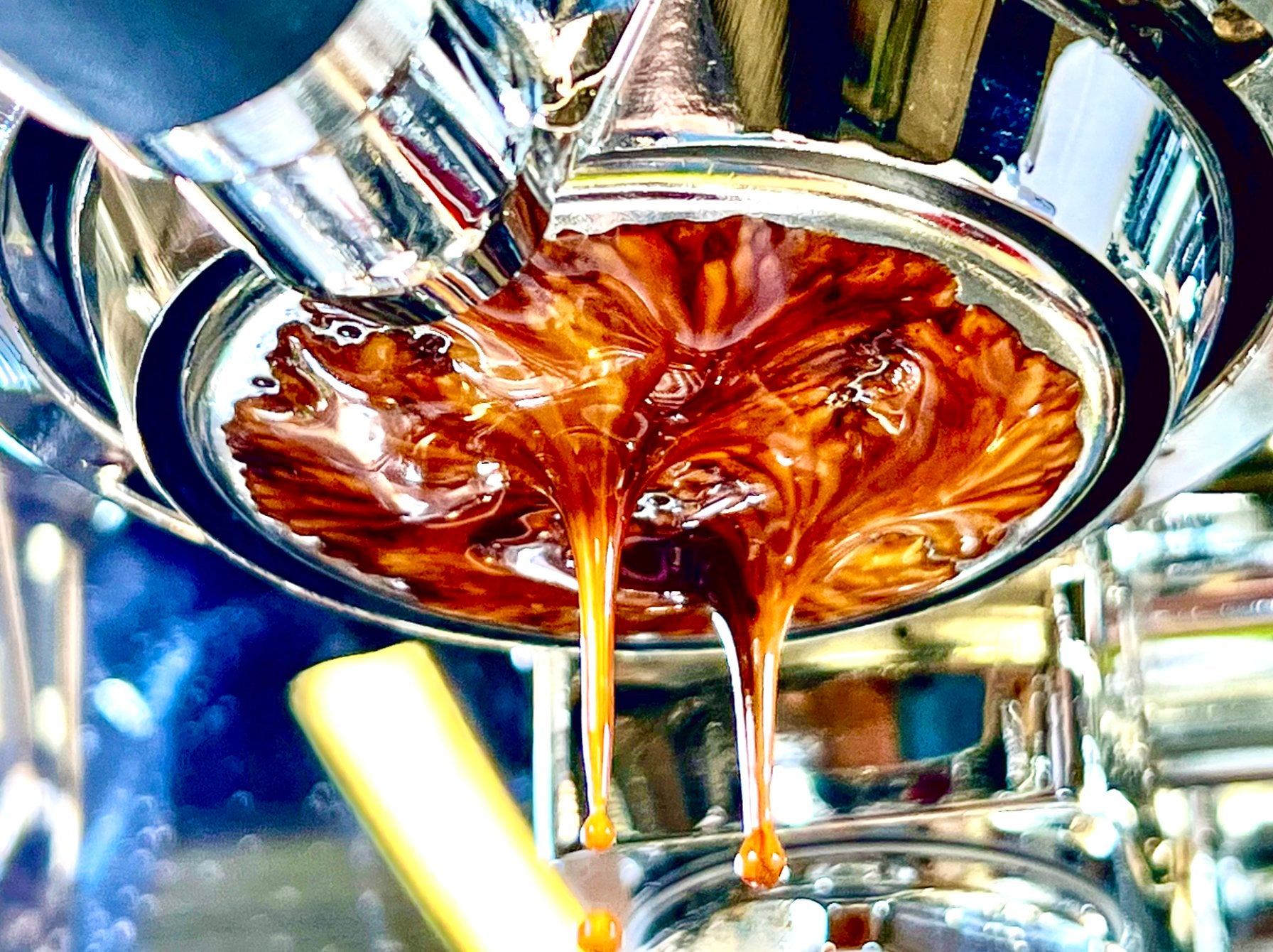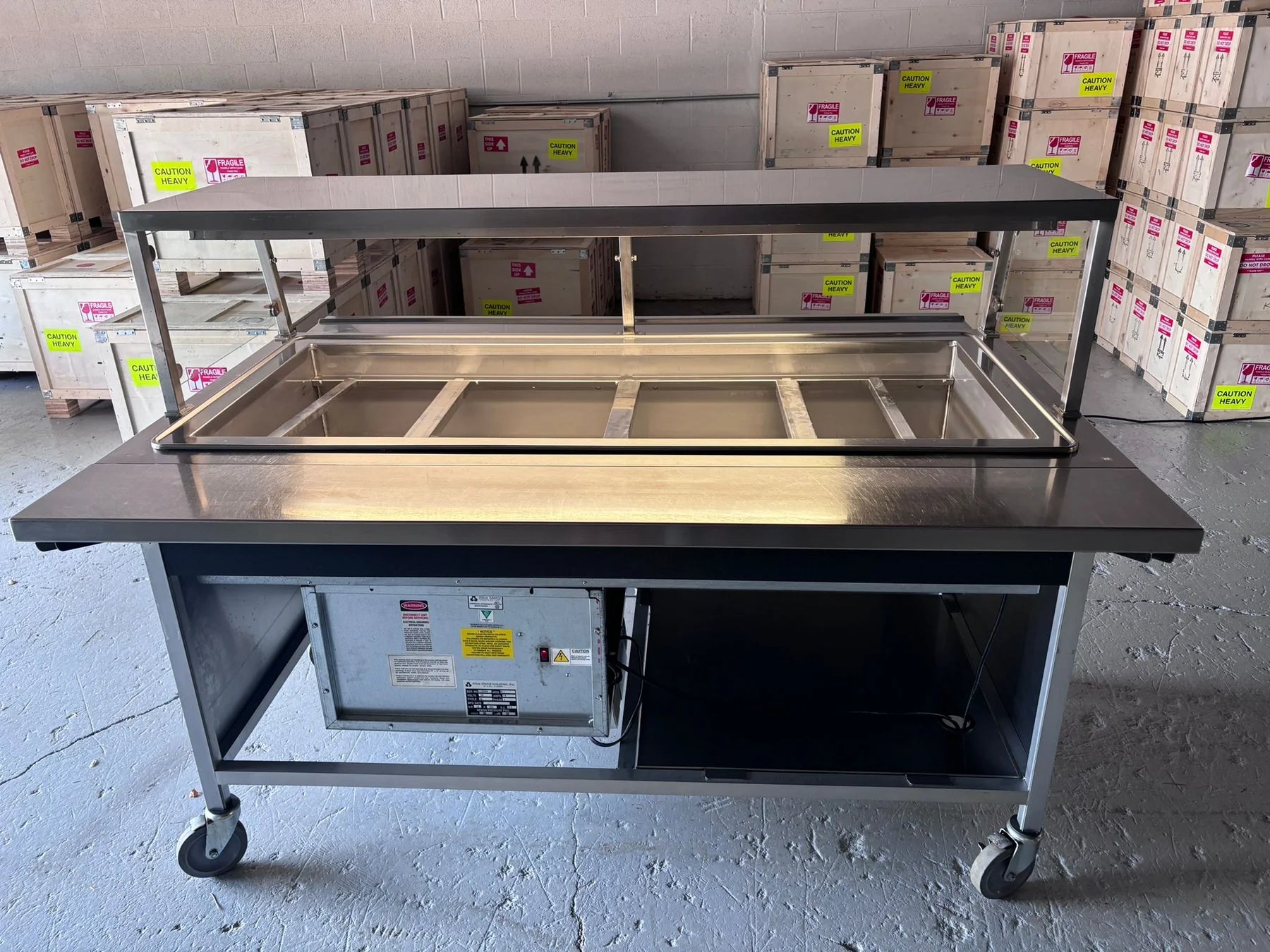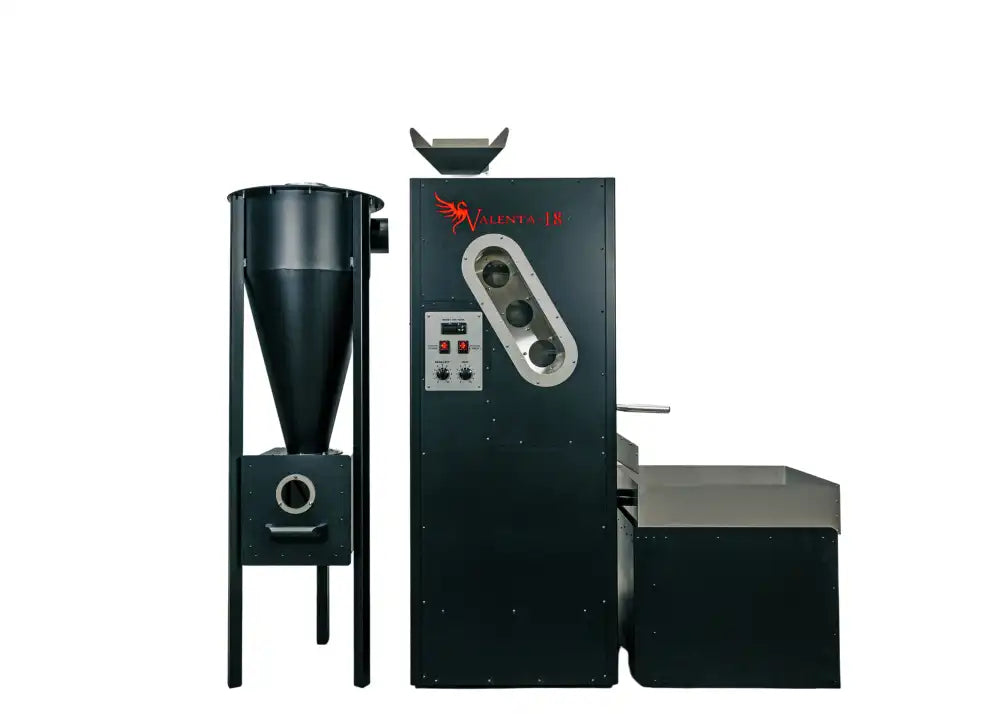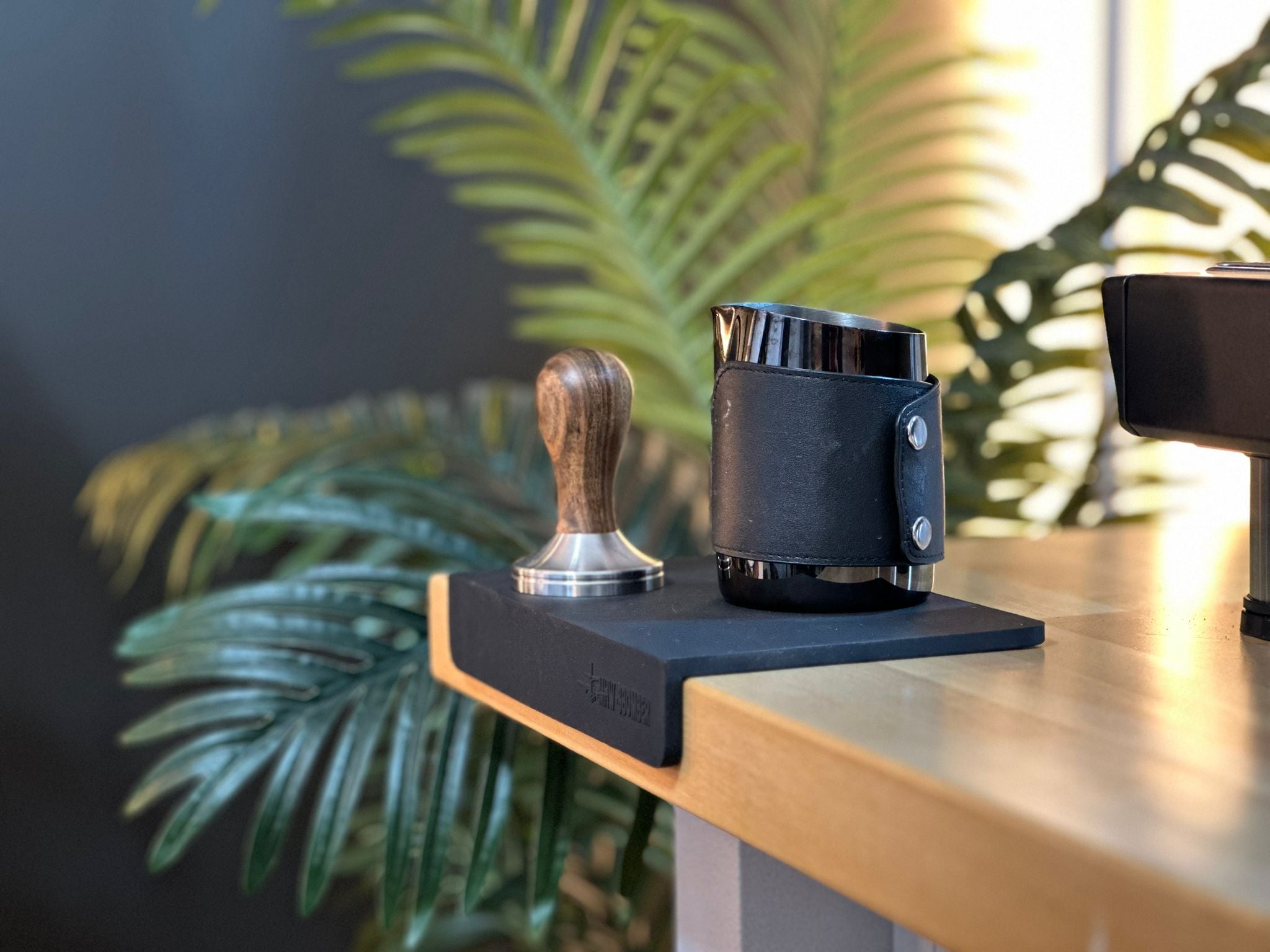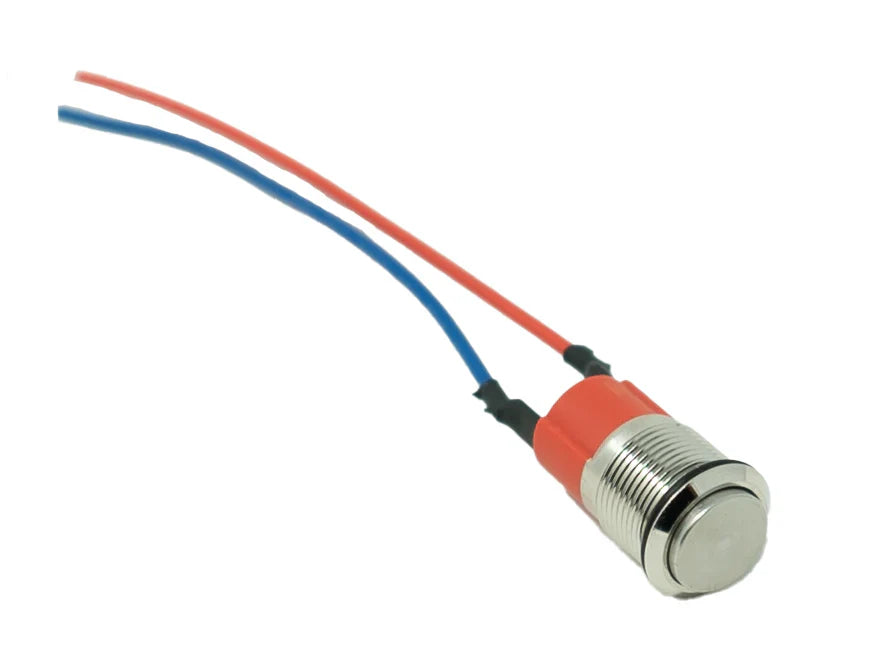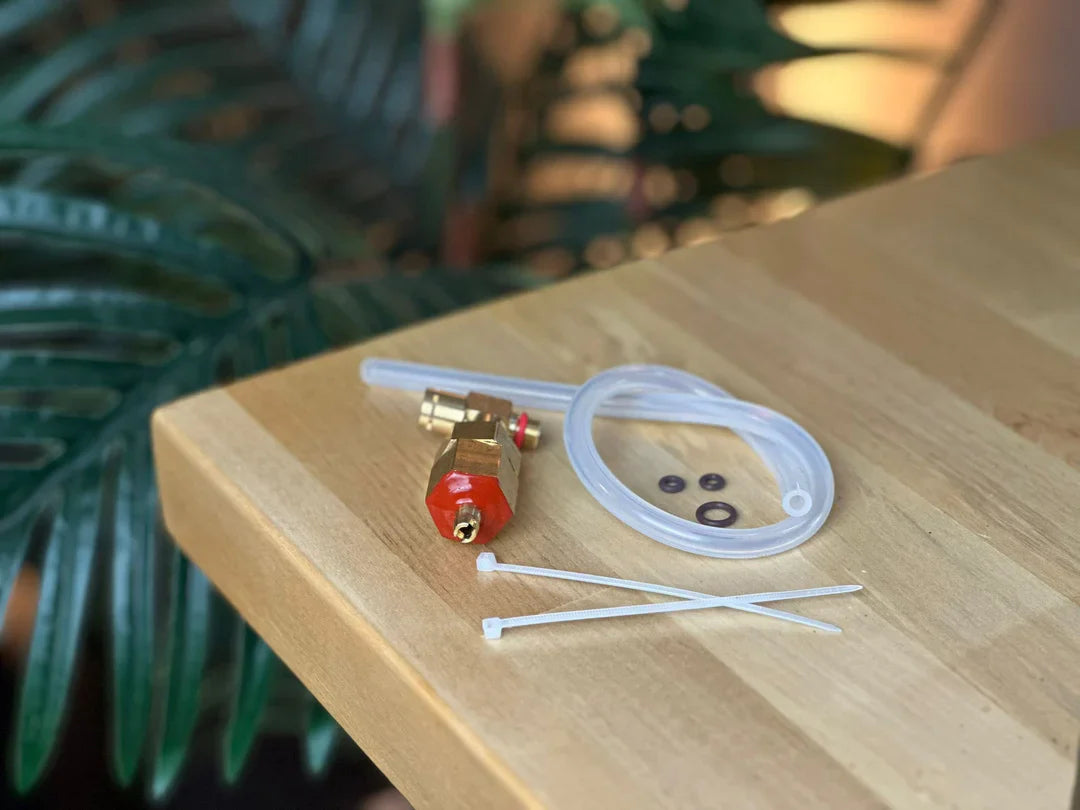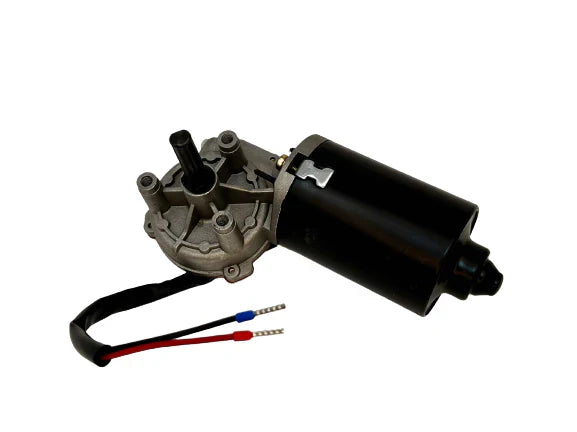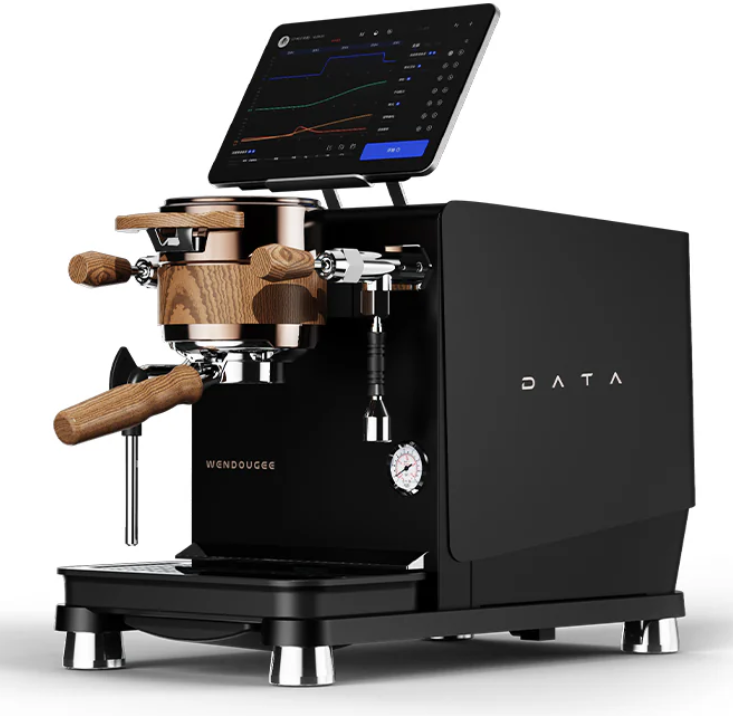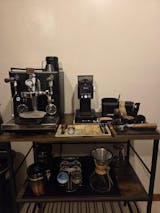The Impact of Steam Tip Hole Numbers on Milk Steaming: A Detailed Analysis
Milk steaming is an essential skill in espresso-based drinks, especially for creating lattes and cappuccinos. One factor that significantly impacts the quality of steamed milk is the number of holes in the steam tip of an espresso machine. The steam tip, which is the small attachment at the end of the steam wand, controls how steam is distributed into the milk, influencing factors like aeration, texture, and heat.
Different steam tips typically have between 1 and 4 holes, and the number of holes affects how steam is injected into the milk. In this article, we will explore how steam tips with 1-hole, 2-hole, 3-hole, and 4-hole configurations affect milk steaming, providing insights into the advantages and disadvantages of each configuration. We’ll also include a table summarizing the effects of each steam tip.
1. How Steam Tips Affect Steaming
Steam tips work by distributing steam through small holes into the milk, which causes aeration and heats the liquid. The number and size of these holes affect how the steam is distributed, which directly impacts how efficiently you can create microfoam (the fine-textured foam used in lattes and cappuccinos) and the time required to steam milk.
The number of holes in a steam tip affects the following:
- Steam Pressure: More holes mean steam is distributed across a wider area, reducing the pressure from any one hole. Fewer holes mean more focused steam at higher pressure.
- Aeration: This refers to how much air is introduced into the milk, which contributes to foam texture.
- Speed of Steaming: Tips with more holes generally allow for faster steaming because they inject steam more quickly.
- Control: Fewer holes provide more control, as the barista can better manipulate the steam flow and the milk's texture.
2. Effect of Steam Tip Hole Numbers
Here’s a detailed look at the characteristics and impact of different steam tips:
1-Hole Steam Tip
- Steam Pressure: High
- Aeration: Moderate to high, depending on positioning
- Speed: Slow
- Control: High
A 1-hole steam tip delivers steam at a higher pressure because all the steam is channeled through a single hole. This allows for precise control over the steaming process, as the focused steam flow enables baristas to inject air into the milk slowly and methodically.
Advantages:
- Great control: Ideal for beginners or those looking for precise control over the steaming process.
- Better texture for small amounts of milk: Works well with smaller volumes of milk (e.g., for a single cappuccino), as the slower steam rate allows for fine control over texture.
Disadvantages:
- Slow steaming: Steaming takes longer because there’s less steam entering the milk at once.
- Requires skill: High control means that achieving good microfoam can take more practice, especially for beginners.
2-Hole Steam Tip
- Steam Pressure: Moderate to high
- Aeration: Moderate
- Speed: Moderate
- Control: Moderate
A 2-hole steam tip offers a balance between speed and control. The steam is divided between two holes, which lowers the pressure slightly compared to a 1-hole tip but still allows for good control over aeration and milk texture. This tip is commonly used in home espresso machines and is well-suited for both beginners and intermediate baristas.
Advantages:
- Balanced performance: Provides a good mix of control and speed, making it versatile for different milk volumes and steaming techniques.
- Easier to create microfoam: With two points of steam injection, it's easier to create a vortex in the milk, which helps produce consistent microfoam.
Disadvantages:
- Slower for large volumes: Can still be relatively slow when steaming large volumes of milk, as steam distribution is limited to two holes.
- Less fine control than 1-hole: Some baristas may find that they lose the fine-tuned control of a 1-hole tip.
3-Hole Steam Tip
- Steam Pressure: Moderate
- Aeration: Moderate
- Speed: Moderate to fast
- Control: Low to moderate
A 3-hole steam tip increases the speed of steaming because the steam is divided across more holes, allowing more steam to enter the milk at once. This tip is often preferred for medium-sized milk drinks and faster milk steaming, but it starts to trade off control for speed.
Advantages:
- Faster steaming: Steams milk more quickly than a 1-hole or 2-hole tip, which is ideal for baristas making multiple drinks.
- Good for larger milk volumes: Better suited for steaming larger amounts of milk (e.g., for multiple lattes or cappuccinos) due to faster steam distribution.
Disadvantages:
- Reduced control: Less precise than a 1-hole or 2-hole tip, making it harder to control the texture of the milk, especially for beginners.
- Risk of over-aeration: If not handled properly, the steam can aerate the milk too much, resulting in large bubbles rather than fine microfoam.
4-Hole Steam Tip
- Steam Pressure: Low to moderate
- Aeration: Low to moderate
- Speed: Fast
- Control: Low
A 4-hole steam tip is commonly used in commercial settings because it delivers steam quickly across a wide area. This allows for very fast milk steaming, which is ideal in a busy café environment where speed is essential. However, the trade-off is reduced control over the steaming process, and beginners may struggle to achieve the desired texture.
Advantages:
- Fast steaming: Perfect for commercial use or when speed is a priority, as it can steam large amounts of milk very quickly.
- Good for large milk volumes: Works well for large milk jugs and batch steaming due to rapid steam distribution.
Disadvantages:
- Reduced control: Harder to achieve precise microfoam, especially for beginners or when working with small amounts of milk.
- Overheating risk: Can overheat milk quickly if not monitored carefully, resulting in burnt or scorched milk.
3. Summary Table: Comparison of Steam Tip Configurations
| Steam Tip Configuration | Steam Pressure | Aeration | Steaming Speed | Control | Best For |
|---|---|---|---|---|---|
| 1-Hole | High | High | Slow | High | Small milk volumes, beginners, precision |
| 2-Hole | Moderate to High | Moderate | Moderate | Moderate | General use, small to medium milk volumes |
| 3-Hole | Moderate | Moderate | Moderate to Fast | Low to Moderate | Larger volumes, faster steaming |
| 4-Hole | Low to Moderate | Low to Moderate | Fast | Low | Commercial use, large milk volumes |
4. Choosing the Right Steam Tip for You
Selecting the right steam tip depends on several factors, including the volume of milk you typically steam, your skill level, and your priorities in terms of speed versus control.
-
For Beginners: A 1-hole or 2-hole steam tip is recommended. These configurations offer more control over the steaming process, allowing you to gradually learn how to create microfoam and achieve the perfect texture for lattes and cappuccinos.
-
For Home Use: A 2-hole or 3-hole steam tip is ideal for home baristas who want a balance between speed and control. These tips allow you to steam milk reasonably quickly while still offering the ability to fine-tune the milk texture.
-
For Commercial Use: A 3-hole or 4-hole steam tip is best for professional baristas or those who need to steam large volumes of milk quickly. While these tips reduce control, they significantly speed up the steaming process, making them ideal for a busy café environment.
Conclusion
The number of holes in your steam tip plays a crucial role in how effectively and efficiently you can steam milk. Whether you're a home barista looking for better control or a professional seeking faster steaming times, understanding how different steam tip configurations affect pressure, aeration, speed, and control is key to choosing the right tool for your needs.
By considering the trade-offs between precision and speed, and selecting the appropriate steam tip based on your requirements, you can consistently produce high-quality steamed milk for espresso-based drinks.
